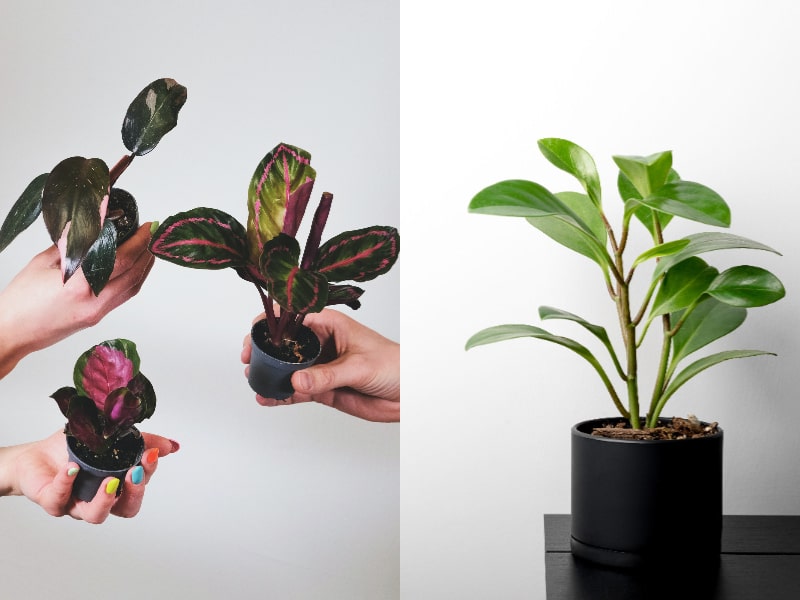No matter how you spruce up your home with furniture, decorative pieces, and curated accessories, there remains a void that only greenery and foliage can fill. But let’s be real—not all of us have green thumbs. And it’s a real miracle if a plant doesn’t die on us in a week. To give you a head start into plant parenthood, we list down the best indoor plants to add to your home. These plants have air-purifying properties too, which, as we know, is a great benefit to have today.
Best Indoor Plants In Malaysia To Liven Up Your Home Atmosphere
1. Snake Plant
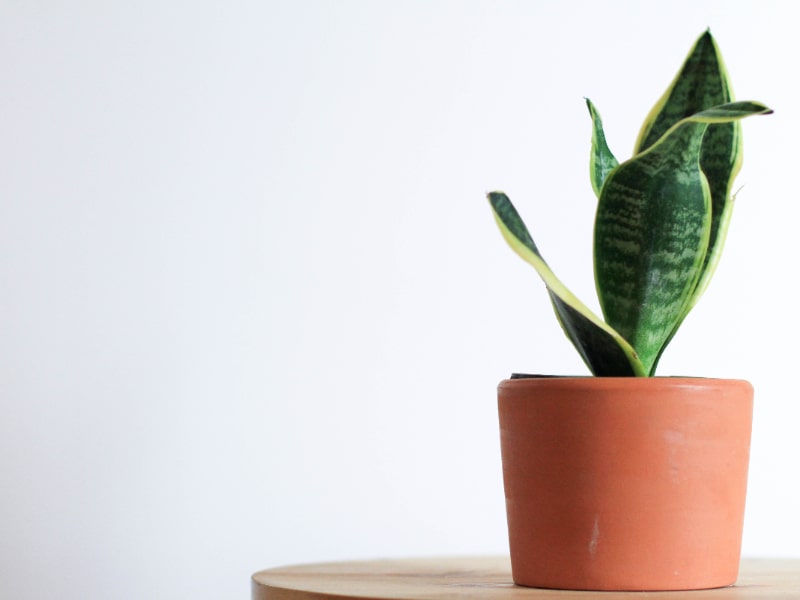
Nothing to do with the cold-blooded reptile, the snake plant gets its name from thin, upright leaves with irregular green motifs. Looks aside, it’s one of the best indoor plants you can get, solely because of its maintenance. Although it grows faster with strong sunlight, it can survive under low-light conditions and only needs watering every 2 to 6 weeks.
Furthermore, snake plants have been known to filter out nasty chemicals such as benzene, formaldehyde, trichloroethylene, xylene, and toluene.
Pet-friendly: No
Water: Every 2 to 6 weeks
Fertilise: Twice a year
2. ZZ Plant
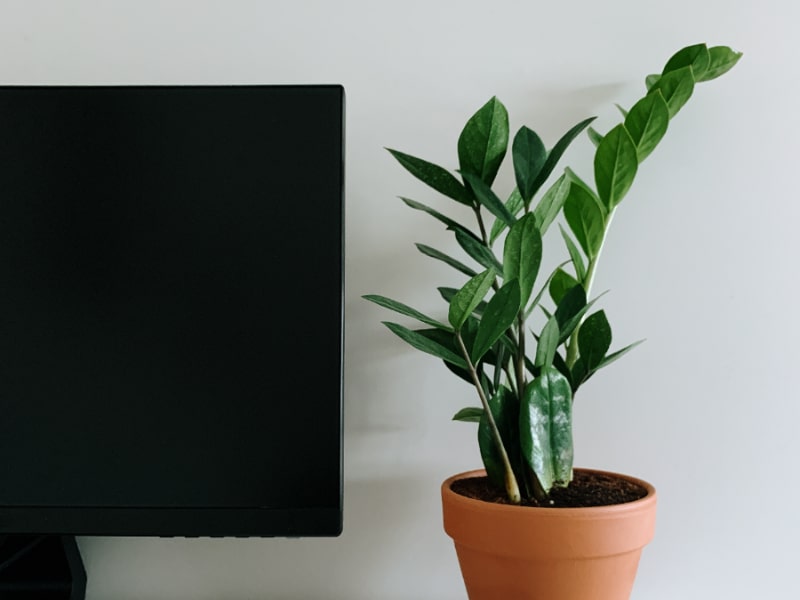
Inconspicuous and modest, the ZZ (Zamioculcas zamiifolia) plant is a common character among the barrage of #houseplantsofinstagram pictures. Turns out there are many reasons why the ZZ plant is one of the best indoor plants around. Characterised by slender green leaves, ZZ plants boast features that will please any busy plant parent: They accept low-light conditions, tolerate neglect, and are ok with minimal watering.
A popular air-purifying plant, ZZ is capable of removing toxins like xylene, toluene, and benzene. Don’t take our word for it, though. The bright minds at NASA say so.
Pet-friendly: No
Water: Only when the soil is completely dry
Fertilise: Every 6 to 8 weeks
3. Aloe Vera
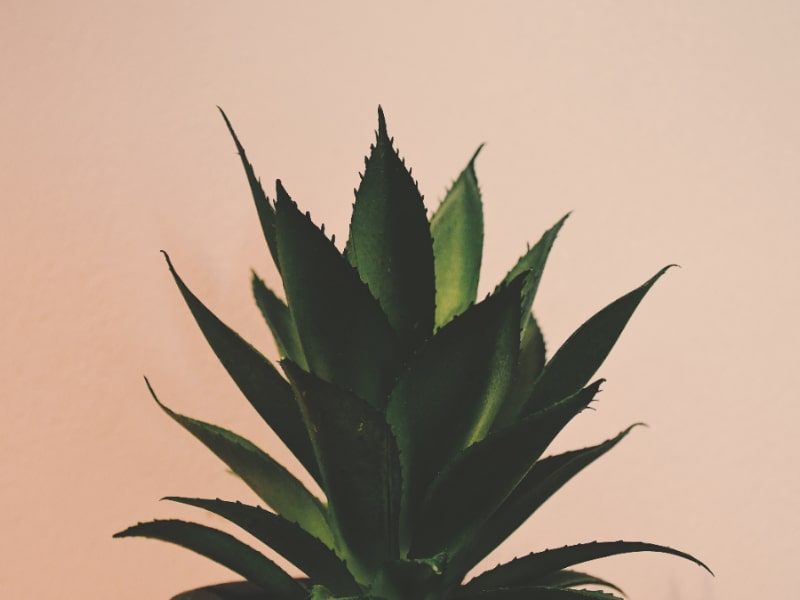
We know aloe vera as a common ingredient in skincare products, and a refreshing beverage condiment. Going beyond rejuvenating properties, aloe veras are decent house plants too. Their thorny and thick leaves give your home an edgier (literally) look, straying away from the flowy aesthetics of leafy alternatives. It’s also a succulent like cacti, so it doesn’t require much water at all.
Moreover, the aloe vera plant also acts as an air purifier by removing harmful pollutants known as VOCs from the air, taking up carbon dioxide, and providing abundant oxygen back into the air around it.
Pet-friendly: No
Water: Every 2 to 3 weeks
Fertilise: Every 6 to 12 months
4. Pothos
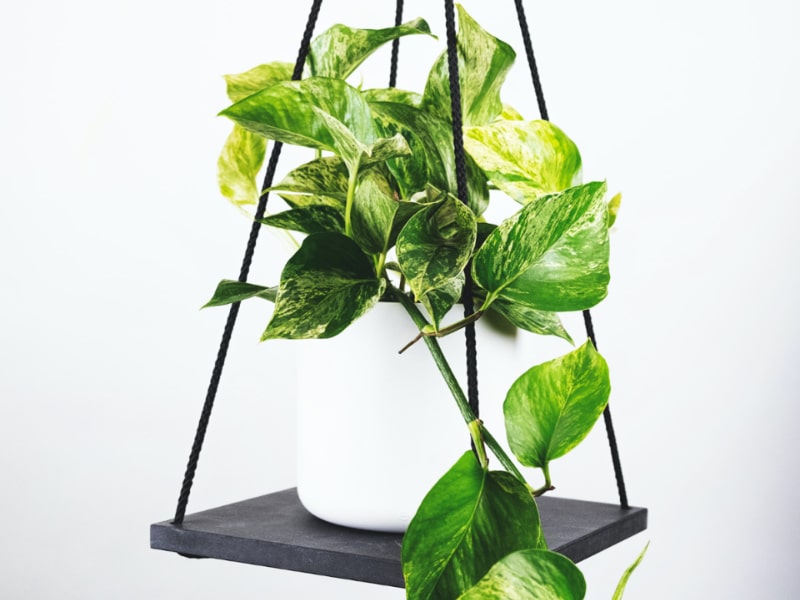
Also called the “Devil’s Ivy” because of its “immortality”, the pothos is as hardy as they come. It adapts well to any condition, stays green even in the dark, and can withstand erratic watering. But despite its ominous nickname, the pothos is an elegant-looking plant with varying colours, from bright green to a striking golden shade. Plus, it’s easy to grow and propagate.
When it comes to indoor air quality, the pothos is very apt at removing household toxins. Like the snake plant, it filters benzene, formaldehyde, xylene, and toluene.
Pet-friendly: No
Water: Every 2 to 3 weeks
Fertilise: Every 2 to 3 months
5. Rubber Plant
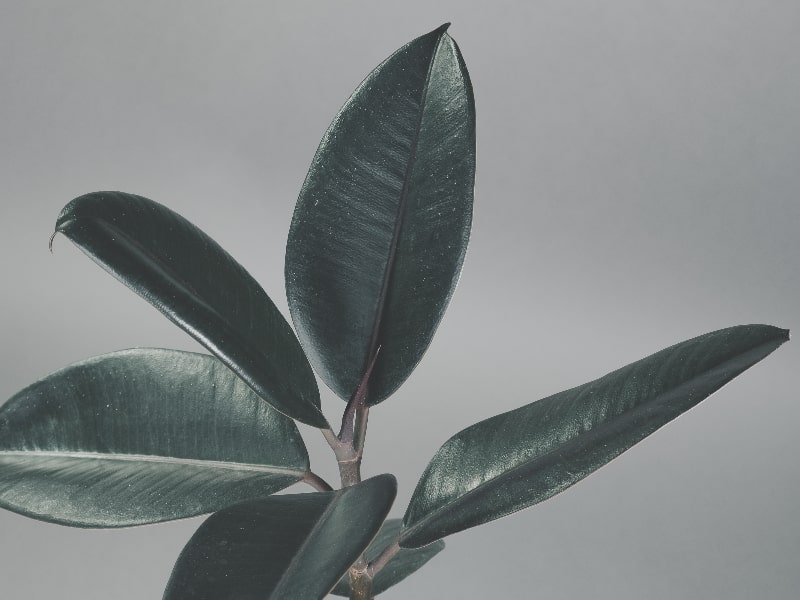
Are you a scatterbrained plant parent? Tend to forget about your plants and discover them dead and withered months later? If so, you need the rubber plant. Tremendously popular, it’s one of the best indoor plants around because of its ability to withstand neglect. Meaning, you can get away with missing a watering schedule or two. In fact, it’s actually better to underwater a rubber plant than over.
Also known as an air purifying plant, it effectively removes spores and bacteria from the air.
Pet-friendly: No
Water: Every 1 to 2 weeks
Fertilise: Every 2 to 3 months
6. Spider Plant
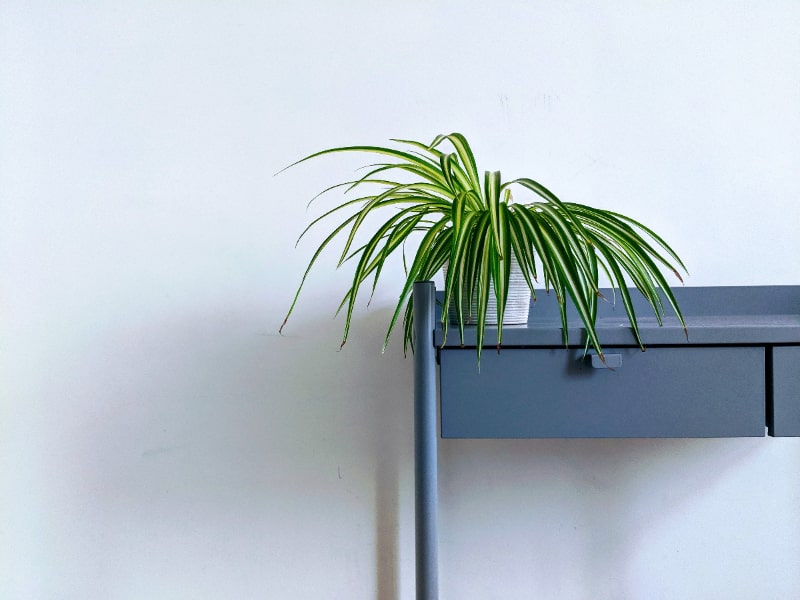
A spider plant is one of the best indoor plants for beginners. It’s also one of the more exotic variants! Give your home a jungle-like vibe by putting spider plants in hanging pots, or you can let them grow freely and watch the leaves drape down. Either one is a good look.
Additionally, what’s cool about the spider plant is that it grows “baby spiders” for you to propagate. Spider plants are also champions of air purification, removing both formaldehyde and xylene.
Pet-friendly: Yes
Water: Once a week
Fertilise: Every 2 weeks
7. Cast-Iron Plant
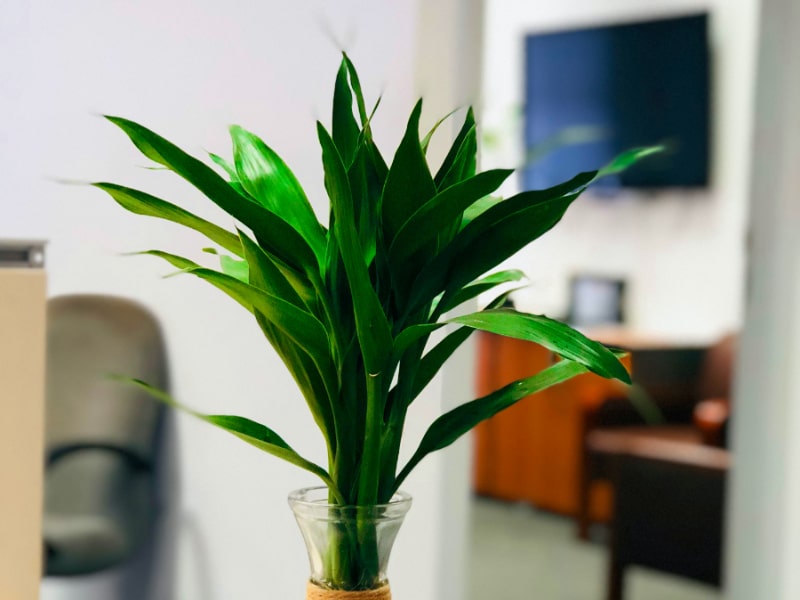
As resilient as its namesake, the cast-iron plant is borderline indestructible. It thrives (yes, thrives) on neglect, so it’s cool with low-light conditions and minimal watering. There isn’t much pruning required too; just cut off any dead or yellowing leaves and it’ll look as good as new.
Besides its tough-as-nails attributes, another advantage of the cast-iron plant is its air-purifying prowess. It removes toxins such as formaldehyde and benzene from your home or office.
Pet-friendly: Yes
Water: Every 2 to 3 weeks
Fertilise: Every 2 to 3 months
8. Philodendron
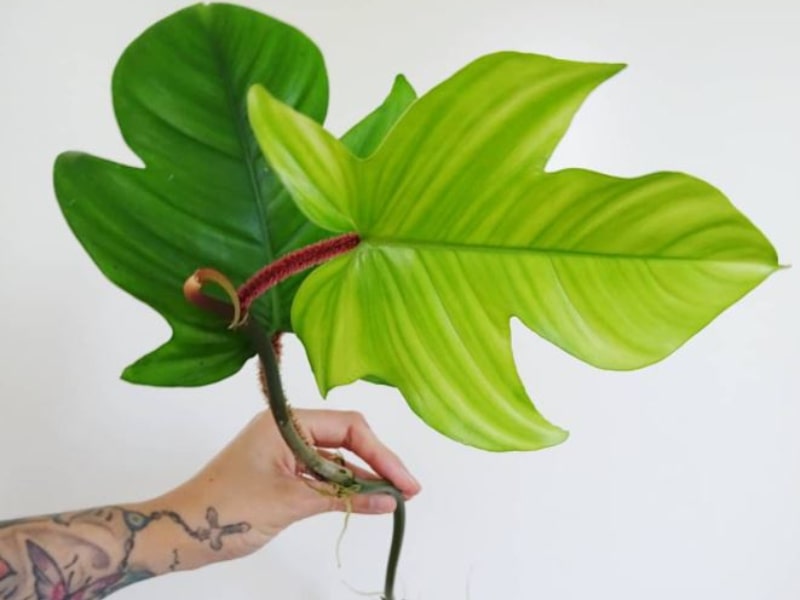
Philodendrons are made for the indoors, earning the reputation of being one of the best indoor plants. Known for their photogenic heart-shaped leaves and trailing vines, they are great plants if you have high shelves or want a hanging planter for your home. Adaptive in nature, they survive on indirect or filtered sunlight and require watering every two to three weeks.
Bird’s nest plants are capable of reducing pollutants like carbon dioxide (CO2), formaldehyde, and even cigarette smoke from the air.
Pet-friendly: No
Water: Every 2 to 3 weeks
Fertilise: Once a month
9. Peace Lily
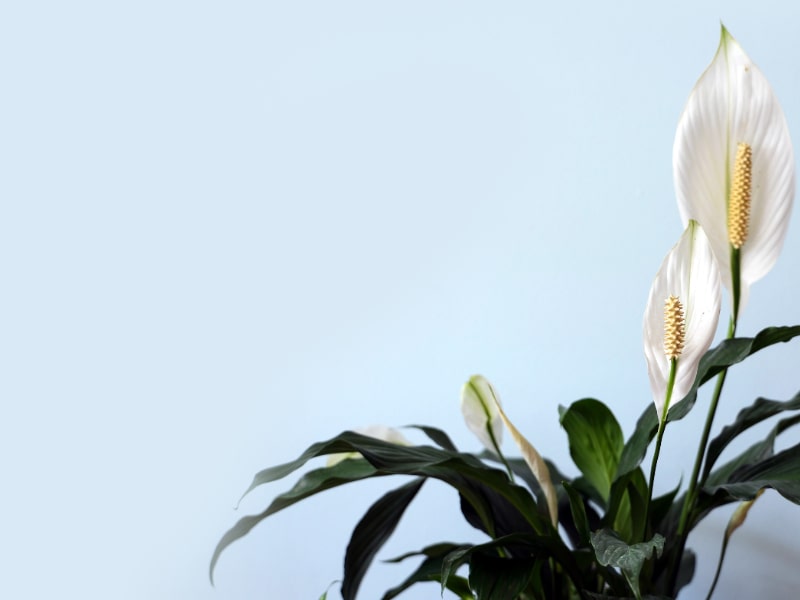
Need a plant that not only accommodates your busy lifestyle but also looks good? Consider the peace lily. With its bright white flowers and dark green leaves, it adds a touch of elegance to your home. It looks best as a floor plant, but it can be placed in pots in corners of rooms or even as centrepieces on tables.
Doubling as an air purifier, the peace lily has been found to be good at removing benzene, xylene, carbon monoxide, and formaldehyde from the air.
Pet-friendly: No
Water: Once a week
Fertilise: Every 5 to 6 weeks
10. Bird’s Nest Fern
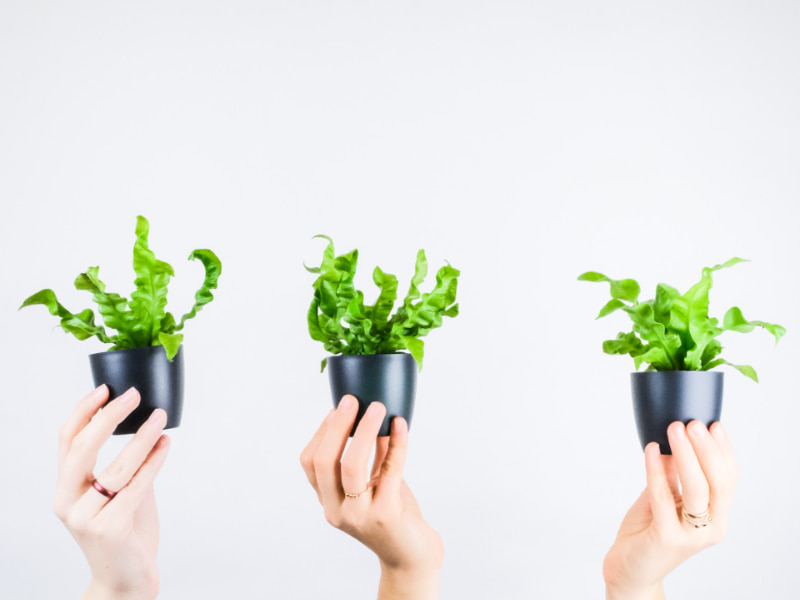
The uniquely-shaped bird’s nest fern has recognisable glossy leaves arranged in a circular pattern that resembles a bird’s nest, hence the name. Though the plant is easy to take care of and requires minimum watering, humidity is essential for its overall wellbeing so we recommend placing it in your shower.
But if you prefer not to, you can place it in a terrarium home or a glass bottle. Enclosed spaces naturally create moisture and mist, helping many types of indoor plants in Malaysia including ferns, to thrive.
Pet-friendly: Yes
Water: Every 1 to 2 weeks
Fertilise: Every 6 to 12 months
11. Peperomia
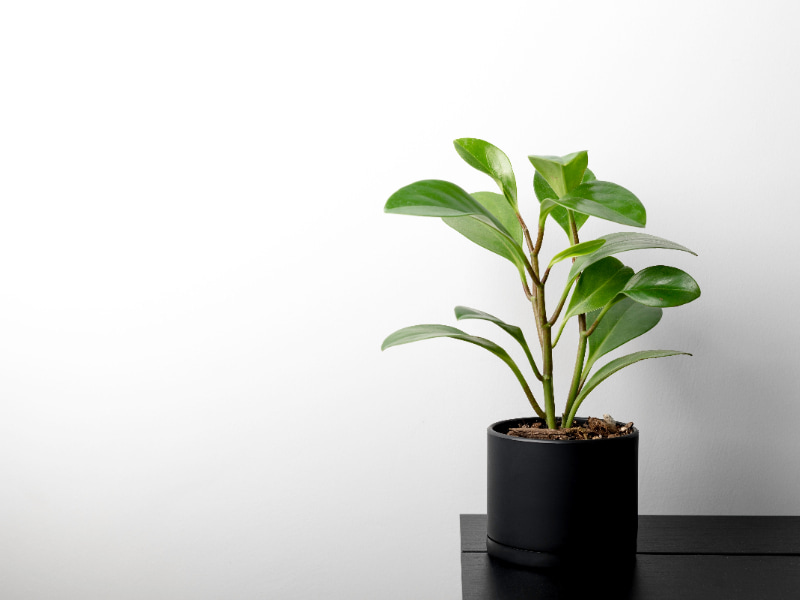
Often referred to as the “baby rubber plant”, the peperomia is a low-maintenance indoor plant that does well with indirect sunlight and occasional watering thanks to its succulent-like qualities. Its flashy, ornamental foliage adds personality to any space it’s placed in.
Like the peace lily, peperomias reduce benzene, xylene, carbon monoxide, and formaldehyde from the air.
Pet-friendly: Yes
Water: Every 1 to 2 weeks
Fertilise: Once a month
12. Calathea Ornata
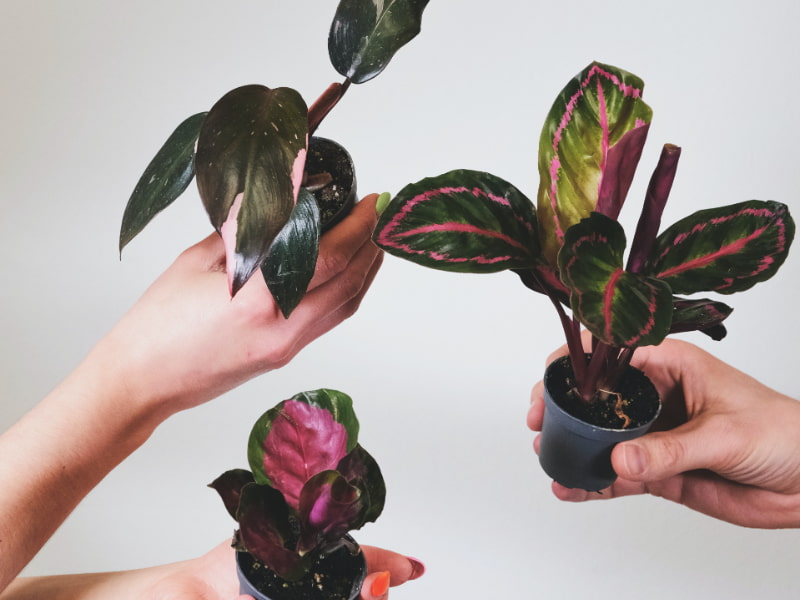
It’s easy to spot a calathea ornata; look for sports pinks stripes across the leaves. The tropical plant has mostly dark emerald green leaves embellished with beautiful lines of pink. Due to its unique look, it will bring a sense of elegance to any well-lit part of the house.
The calathea family of plants, including the ornata, gets top marks for reducing airborne toxins. Specifically, benzene, formaldehyde, and xylene.
Pet-friendly: Yes
Water: Every week
Fertilise: Once a month
How To Choose The Best Indoor Plant: Things To Consider
Pets and kids: Do you have little ones and furry friends at home? If you do, only choose plants that are safe for them. Moreover, be careful where you place the plants. You may want to avoid a huge floor pot, which may tempt your little ones to dig through the soil.
Your space: Before you shop for a plant, examine your home and pick a spot for it. Does the space get enough light? Or is it too shady? Where you place it will play a big part in the plant’s overall growth.
Your commitment: Although the plants on this list are easy to care for, it doesn’t mean you don’t have to care for them at all. Ensure you allocate pockets of time in a week to check on your plants, water, and fertilise them as needed. Set a reminder on your smartphone if you tend to forget.
These Best Indoor Plants Are Not Only Easy To Maintain, But Also Look Great
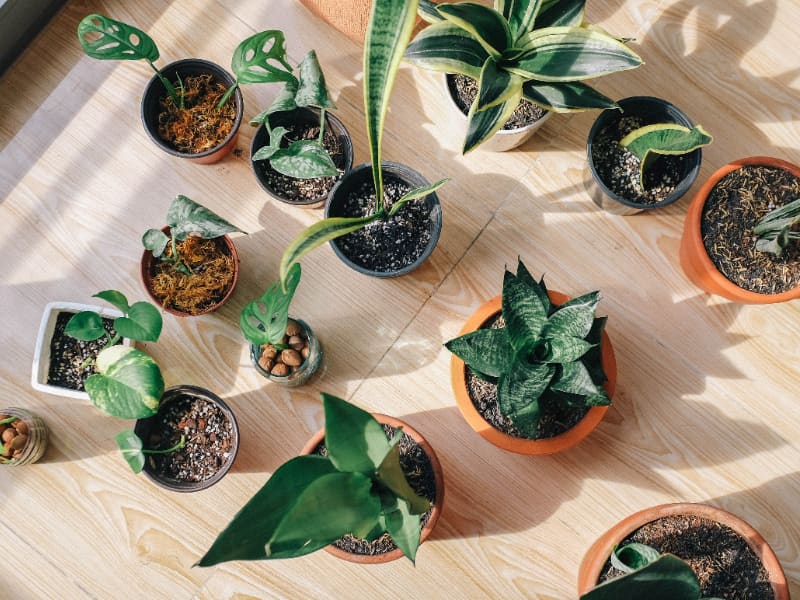
Since the pandemic, spending time inside has become a catalyst for all kinds of home hobbies. And one of which is bringing nature indoors. Granted, the appeal of greenery and foliage in homes is not a mystery. Plants bring peace, a sense of tranquillity, and stability to the concrete facades of our living spaces. If you’re shopping for the best indoor plants in Malaysia, we hope this list has been helpful to you!
Plants and Japanese-inspired furniture go hand-in-hand; here are some useful tips on how to turn your abode into a zen den. Or opt for Scandinavian minimalist pieces to create a welcoming space.

